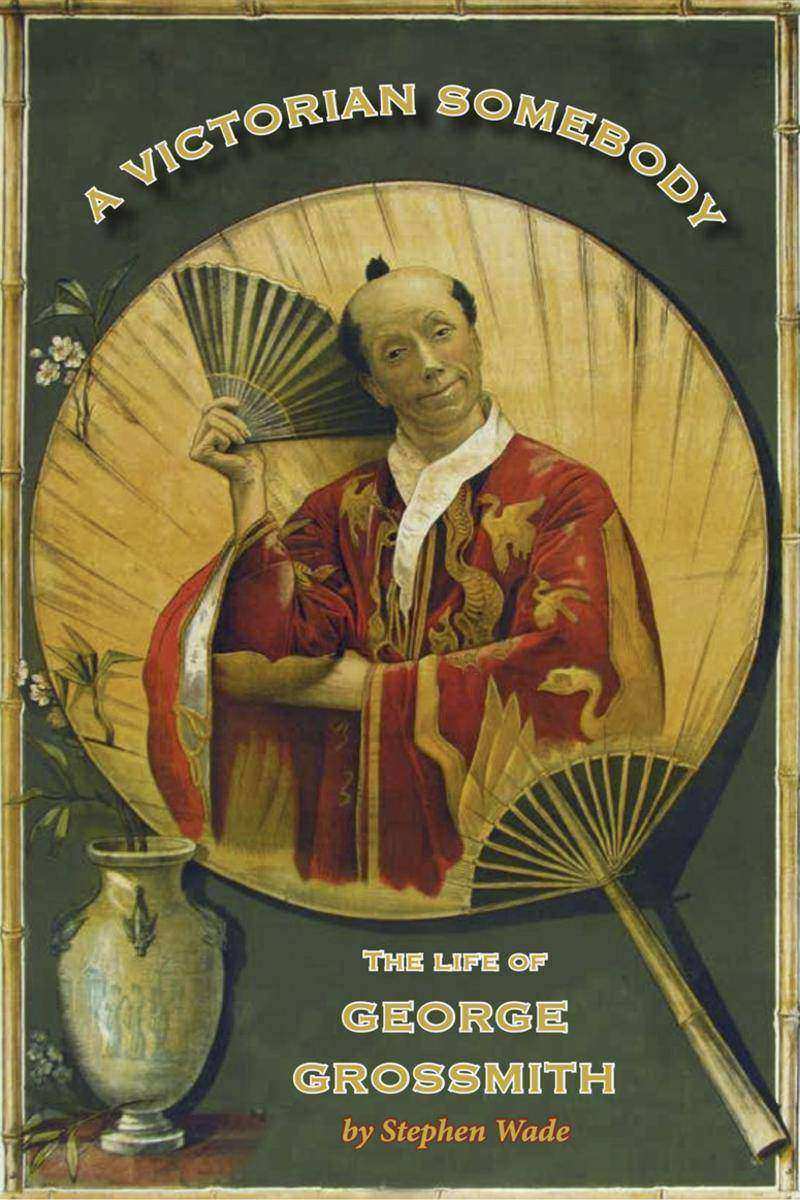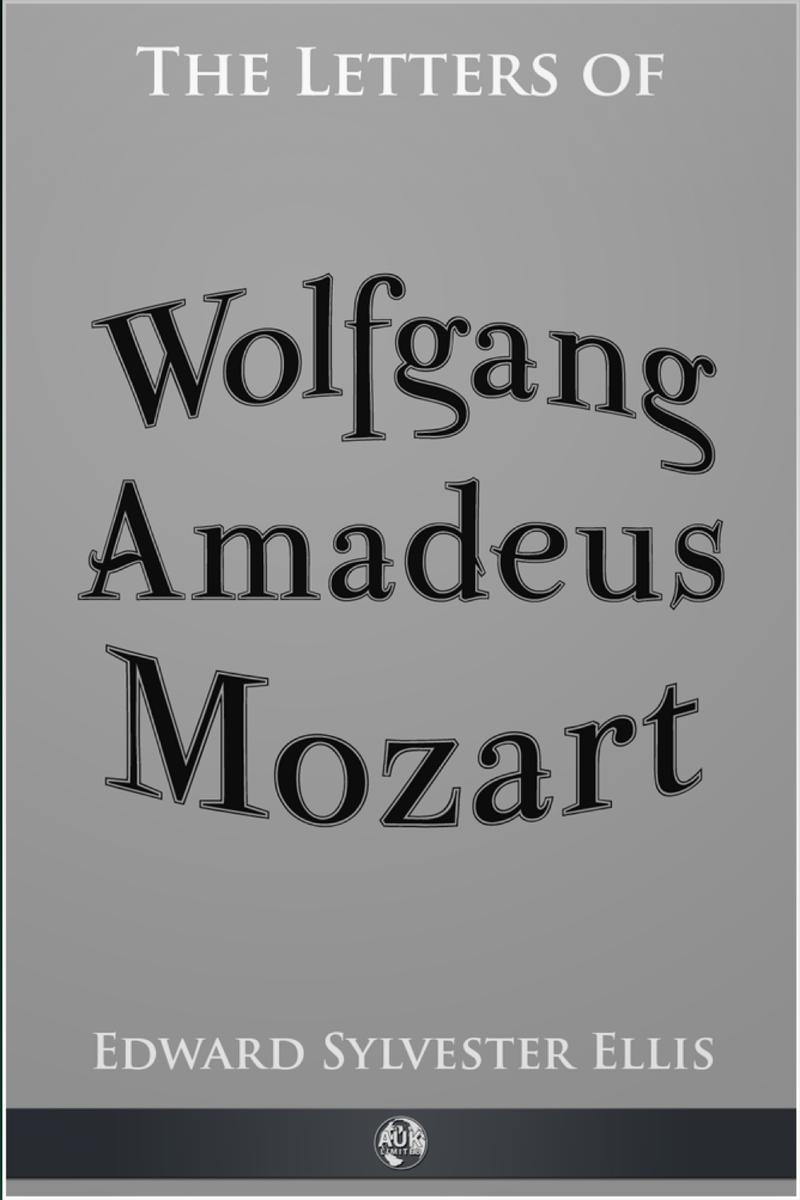
101 Interesting Facts on Arctic Monkeys
¥24.43
Are you a fan of rock band the Arctic Monkeys? Have you followed their career from the early days when the band first gained recognition via the internet through to international success? Would you like to know more about your favourite indie band? 101 Interesting Facts on Arctic Monkeys gives you the chance to pick up some little-known trivia about popular band from Sheffield. What was the original line-up and who was the band's other lead singer with Alex Turner? What NME first did the Arctic Monkeys clock up in 2006? What offer did the Band repeatedly turn down during 2005? Find out the answers in this exciting new book along with many more fascinating facts. Packed with information including many personal details about the individual band members as well as up-to-date news on the Arctic Monkeys' recent projects. This book will appeal to anyone with an interest in contemporary music and is a must-have for all Arctic Monkeys' fans.

Playing Sherlock Holmes
¥19.52
Playing Sherlock Holmes contains three verbatim interviews - with John Wood, Robert Stephens and Christopher Lee - about their very different experiences of appearing as Holmes on stage and screen. The interviews were conducted in 1974. At the time, John Wood was appearing on stage in an acclaimed revival of William Gillette's play Sherlock Holmes, a Royal Shakespeare Company production; Robert Stephens had recently completed The Private Life of Sherlock Holmes for film director Billy Wilder; and Christopher Lee - who had a role as Mycroft Holmes in that film - had earlier played the lead role in Sherlock Holmes and the Deadly Necklace. The interviews have been transcribed from tapes held in the Arthur Conan Doyle Collection - Richard Lancelyn Green Bequest at Portsmouth Museum.

Fifth Harmony Quiz Book
¥24.43
Are you a fan of American girl band Fifth Harmony? Have you followed the girls' success from auditioning as solo artists on The X Factor USA to the formation of Fifth Harmony and beyond? If you think you know all about Ally, Normani, Dinah, Lauren and Camilla, or would like to find out more about them, dip inside The Fifth Harmony Quiz Book. What song did Ally sing during her audition on The X Factor USA in 2012? When the group was formed by Simon Cowell and Demi Lovato, what was the band's original name? What award did Fifth Harmony win at the 'People's Choice Awards 2016'? The answers can all be found in this exciting new quiz book. With 100 questions and fascinating facts all about Fifth Harmony, including many personal details, you are certain to learn something new about this popular girl band. This is a must-have book for everyone who supported the girls on their The X Factor USA journey and who continue to enjoy the music of Fifth Harmony.

A-Z of Atari 2600 Games
¥19.52
The A-Z of Atari 2600 Games: Volume 3 features reviews of three different games for each letter of the alphabet. The games range from the very earliest releases in the 70s to the modern homebrew games of today. This book shows you just how diverse the library of titles is for the Atari 2600 and how it became one of the best selling consoles of all time.

101 Interesting Facts on One Direction
¥24.43
Are you a fan of One Direction? Have you followed the popular boyband from their very first performance on The X Factor to international stardom? Would you like to find out more about the 1D boys? If so, you there is no better way to get to know your favourite band than with 101 Interesting Facts About One Direction. Which member of One Direction was the first to suggest the name for the band? When and where was the premiere of 1D's 2013 film This Is Us held? What new product did One Direction launch in September 2013? Find out the answers inside this book, full of up to the minute information all about 1D. The book includes many personal details about each of the band members as well as facts about their past and current projects.Make sure that you are up to date on all the latest 1D news with this new book. If you love One Direction, you won't want to be without it.

Ronnie Biggs Quiz Book
¥24.43
Ronnie Biggs is widely known for his part in the Great Train Robbery of 1963, his subsequent escape from prison, and notoriety as he lived as a fugitive around the globe with his family. Biggs' story has been well documented over the years but how much do you really know about the man behind the headlines? The Ronnie Biggs Quiz Book is your chance to gen up on all the facts. How old was Ronnie when he first appeared in court? On what date did Ronnie receive a 30 year sentence? Who was Ronnie's famous cellmate in Brazil? The answers to these questions and more can all be found in this fascinating new book. The 50th anniversary of the Great Train Robbery in 2013 has renewed interest in the gang who pulled of this audacious heist, and Ronnie Biggs in particular. Packed with information, this book will tell you everything you want to know about Ronnie Biggs, his life on the run and his part in one of the most talked about crimes of all time.

101 Quirky Observations on Classical Music
¥24.43
Are you a fan of classical music? Can you name all the well-known composers, conductors and the compositions they are associated with? Or perhaps, you would like to learn more about them? If so, you are certain to enjoy the quotes and musical miscellany in 101 Quirky Observations on Classical Music. Who defined music as 'a science that would have us laugh and sing and dance'? Which composer said, 'the trombones are too sacred for frequent use'? What writer requested, 'please do not shoot the pianist, he is doing his best'? The answers to these questions and similar brain-teasers can all be found inside this book. With sections on composers, compositions, instruments, orchestras and their musicians, conductors, soloists and opera as well as much more classical music related trivia, this book has something for everyone. This book is a great way to find out more about classical music and those who have been involved in writing, playing and performing it through the years. This is a must-have for anyone who listens to, plays or appreciates classical music.

101 Interesting Facts on Britain's True Life Crimes
¥24.43
Are you interested in true life crime? Would you like to find out more about some of the most highly publicised crimes ever committed in Great Britain? Are you curious about the UK's most notorious murderers, bank robbers, kidnappers, fraudsters and career criminals? If so, you won't want to be without 101 Interesting Facts on Britain's True Life Crimes? What event marked the start of the 'supergrass' era in the UK? Who were the Bridgewater Four and what crime were they convicted of? Can you name Britain's supposed wealthiest criminal, also known as 'Goldfinger'? Who was the 'Black Widow' and how did she come by her nickname? The answers can all be found inside Mike Gray's fascinating new true crime book. Discover the truth about more than 100 actual events that grabbed the headlines and shocked the UK including details of serial killers, gangsters, thieves, crimes of passion, those who were caught or got away and the falsely accused. It is all inside this compelling book, a must-have read for all true crime fans.

Rock Metal Quiz Book
¥29.33
Are you a fan of rock metal? Can you name the bands that are synonymous with this type of music and the songs that made them famous? Do you go to the Download Festival on the trail of your favourite rock stars? If you answered yes to any of the above questions, you definitely won't want to be without with The Rock Metal Quiz Book.What UK band charted with 'A Graveyard of Empty Bottles'? Who produced Nirvana's seminal album 'Nevermind'? What was the name of Motorhead's 1982 studio album? The answers to these questions and more can all be found in this new quiz book. The 850 questions in this book, some easy, some hard, have been put together to test your knowledge of rock metal bands, their history and their music. Full of information about your favourite groups, individual stars, lyrics, venues and much more, you are sure to find out something you never knew. This fun and entertaining reference guide is a must-have for rock metal fans of all ages.

Victorian Somebody
¥58.76
In the 1880s, George Grossmith was the dazzling comic star of Gilbert and Sullivan's immensely popular Savoy operas. London theatregoers waited excitedly for the next production, knowing that George would be cast in the lead role of the 'patter man'. He was also many other things in his life, including Bow Street court reporter, piano entertainer for high society, and in the 1890s, with his brother Weedon, the author of the humorous classic work of fiction, The Diary of a Nobody, which has never been out of print and continues to inspire other writers.In this fascinating book, Stephen Wade tells the story of Grossmith's life, from Penny Reading entertainer to self-styled 'society clown.' A Victorian Somebody places him firmly in context, recalls the many friends and colleagues who worked with George, and puts him once again centre stage, exactly where he should be.

Evading the Issue
¥19.52
Tino Balio, in his book The American Film Industry, said that the Production Code meant that American films could not deal with political or social issues 'in an honest and truthful fashion'. This incisive essay tests out the legitimacy of Balio's claims, using The Lost Weekend (directed by Billy Wilder, 1945) as an example of the Hollywood 'problem film'. Rather than treating the film as being an entity with a single, unchanging meaning, it is put into its historical and social context, in particular the commercial context within which the studios were working. The commercial imperatives hardly sat well with the reality of a social problem such as alcoholism and this essay reminds us that the prime aim of the industry was to entertain: many of these 'problem films', therefore, were as honest and truthful within these confines as it was possible to be.

A-Z of Atari 2600 Games
¥19.52
The A-Z of Atari 2600 Games: Volume 1 features reviews of three different games for each letter of the alphabet. The games range from the very earliest releases in the 70s to the modern homebrew games of today. This book shows you just how diverse the library of titles is for the Atari 2600 and how it became one of the best-selling consoles of all time.

Olly Murs Quiz Book
¥24.43
Are you a fan of Olly Murs? Do you enjoy listening to his music? Have you followed his journey from X Factor runner-up to award winning pop star and popular TV presenter. If you think you know all about Olly Murs or would like to find out more, The Olly Murs Quiz Book is for you.Which American male singer was Olly's role model whilst growing up? Which song did he sing when he auditioned for The X Factor in 2009? For how many weeks was Olly's song 'Thinking of Me' in the top 10 in the UK single charts? The answers to all these questions and more can be found in this exciting new quiz book.With 100 questions and fascinating facts all about Olly Murs, including many personal details, you are certain to learn something new about the man and his music. This is a must-have book for everyone who supported Olly during his time on The X Factor and all the many fans, old and young, who have watched him grow into a polished performer.

Letters of Wolfgang Amadeus Mozart
¥19.52
The private letters to friends and family of one of history's greatest musical minds, Wolfgang Amadeus Mozart. A wonderful look into the personal life of the great composer.Translated into English and with full notes on names and phrases used in the letters.

A-Z of Sega Master System Games
¥19.52
The A-Z of Sega Master System Games: Volume 1 features reviews of three different games for each letter of the alphabet. The games range from the very earliest releases in the mid-eighties to the modern homebrew games of today. This book shows you just how diverse the library of titles is for the Sega Master System and how it put Sega on the path to success.

Reality Television Quiz Book
¥73.48
Are you addicted to reality TV? Do you watch all the shows from Britain's Got Talent to The Apprentice? Can you name every contestant ever to walk through the doors of the Big Brother house? Then The Reality Television Quiz Book is definitely for you. Who can forget Jade Goody, Peter Andre and Jordan, Leona Lewis or Paul Potts? They are all inside in this book alongside the many memorable characters who have become household names by appearing live on our television screens. The 1,000 brain-teasing questions in this quiz book cover every aspect of reality TV, from the celebrities and wannabes to the strange and the bizarre, including all the heroes, villains, tears and tantrums we have come to expect from the genre in recent years. Packed with behind the scenes information about all your favourite shows, this book is guaranteed to provide hours of entertainment for the whole family and is a must have for all fans of reality television.

Back to the Future Quiz Book
¥19.52
Are you a fan of the film - Back To The Future - Do you think you know all there is to know about the film. Containing questions about the plot, characters and actors, as well as facts about the making of the film. This fun quiz book will test you, your family and friends knowledge of this great film.

Firefly Quiz Book
¥19.52
Firefly is the brainchild of the hugely talented Joss Whedon. A space western drama that lasted on 14 episodes but in that time gathered a hardcore and vociferous following that like to call themselves Browncoats. This quiz book contains well over 100 questions from subjects like the original crew of the Firefly-class ship Serenity, the interpersonal relationships of the crew members, the deadly Reavers, the antics of the hero they call Jayne and many more. Prepare to test your knowledge on this short lived but much loved series.You can't stop the signal.

101 Amazing Statistics
¥19.52
Did you know that you're almost two thousand times more likely to die from an asteroid hitting the earth than you are from a terrorist attack? Would you be shocked to learn that almost half of pilots surveyed admitted to falling asleep during a flight? Do you think world population growth is increasing or declining? And does a regular social drinker earn more or less than their alcohol-free counterpart? This fascinating book contains over one hundred statistics that will surprise, shock and amaze you. With sections covering life, death, crime, education, the environment and much more, this is a great quick read for readers of any age.

A-Z of Sega Mega Drive Games - Volume 1
¥19.52
The A-Z of Sega Mega Drive Games: Volume 1 features reviews of three different games for each letter of the alphabet. The games range from the very earliest releases in the mid-eighties to the modern homebrew games of today. This book shows you just how diverse the library of titles is for the Sega Mega Drive and how it became one of the most popular consoles of all-time.

A-Z of Atari 2600 Games
¥19.52
The A-Z of Atari 2600 Games: Volume 2 features reviews of three different games for each letter of the alphabet. The games range from the very earliest releases in the 70s to the modern homebrew games of today. This book shows you just how diverse the library of titles is for the Atari 2600 and how it became one of the best selling consoles of all time.




 购物车
购物车 个人中心
个人中心



